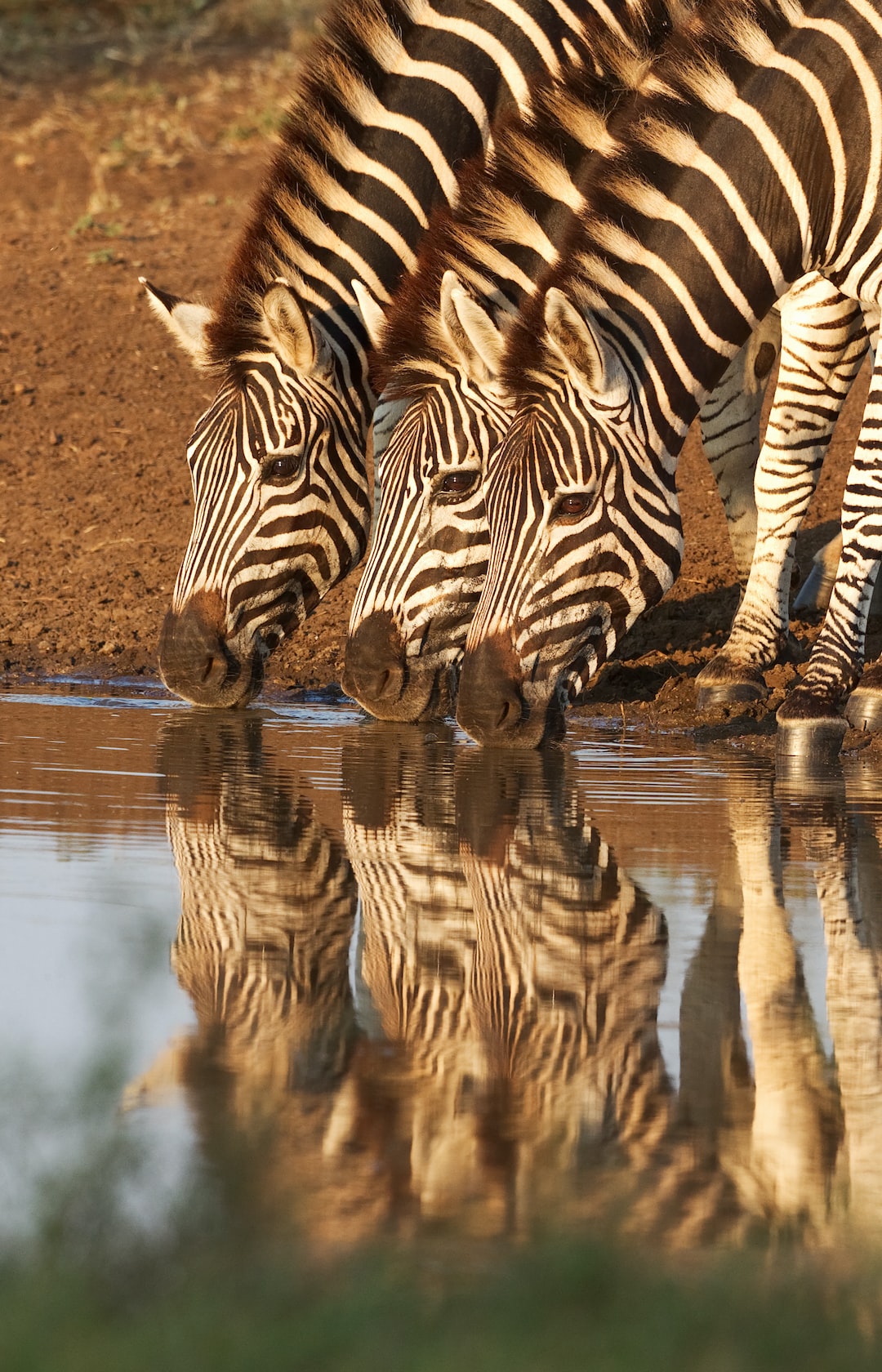While animals may not be capable of verbal communication as we understand it, they have complex social dynamics that often astound and amaze humans. From elephants to ants, animals have been observed displaying intricate behaviors that are indicative of complex social constructs driven by various factors like gender, age, mating opportunities and social hierarchies. Understanding the social dynamics of these animals is not only interesting but also allows us to gain insights into how they interact with each other and their environment.
One of the best examples of social dynamics in animals is the elephant. Female elephants live in herds led by the eldest female known as the matriarch. The matriarch is responsible for leading the group to food and water sources, protecting the herd from predators and ensuring that all members are safe. In contrast, male elephants become solitary after they reach a certain age and are driven out of the herd. Elephants have also been observed engaging in mourning behavior when a member of the herd dies. They stand vigil over the deceased member’s body, and the matriarch will often lead the group in a quiet ceremony before they move on.
Ants are another species with fascinating social dynamics. Ants belong to a colony, and each ant has a specific role to play in the tribe. According to research, ants can communicate through chemicals, and different chemicals signify different things to the ants. The queen of a colony produces pheromones, which attract and regulate the behavior of other ants. There’s a division of labor in the ant colony, where some ants are charged with caring for the queen, others are responsible for foraging and defending the colony. There is also a complex social hierarchy, where ant queens dominate the colony and are, in turn, controlled by a few male drones.
Another example of social dynamics in animals is the meerkat. Meerkats live in gangs of 20-50 individuals and have a sophisticated social hierarchy. Within the gang, there are dominant and subordinate individuals, and the dominant meerkats are responsible for leading the group and making critical decisions. Meerkats also have specific roles to play, with some acting as sentries, while others forage and care for young pups.
In conclusion, animals have amazing social dynamics, and humans can learn a lot about their behavior by studying how they interact with each other and their surroundings. The examples above show that animals have complex hierarchies, communication systems, rituals and unique cultural practices, which all contribute to their social lives. As humans, we need to take these animals’ social dynamics into account when we consider how we interact with wildlife. Studying and understanding animals’ complex social dynamics can help us better protect and care for these amazing creatures.
